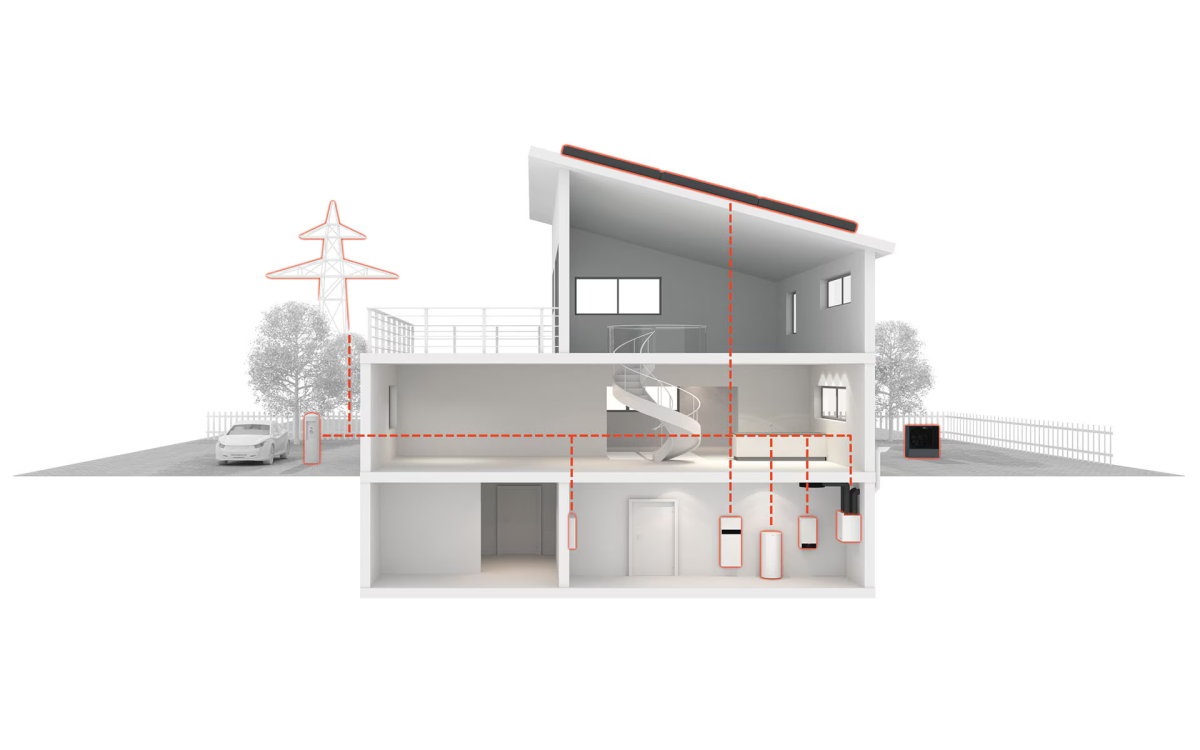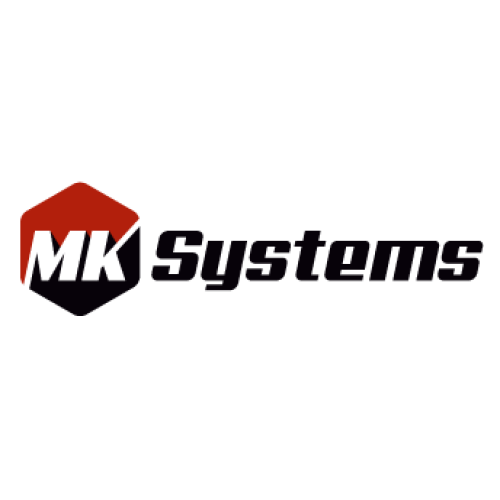Ground source heat pump operation
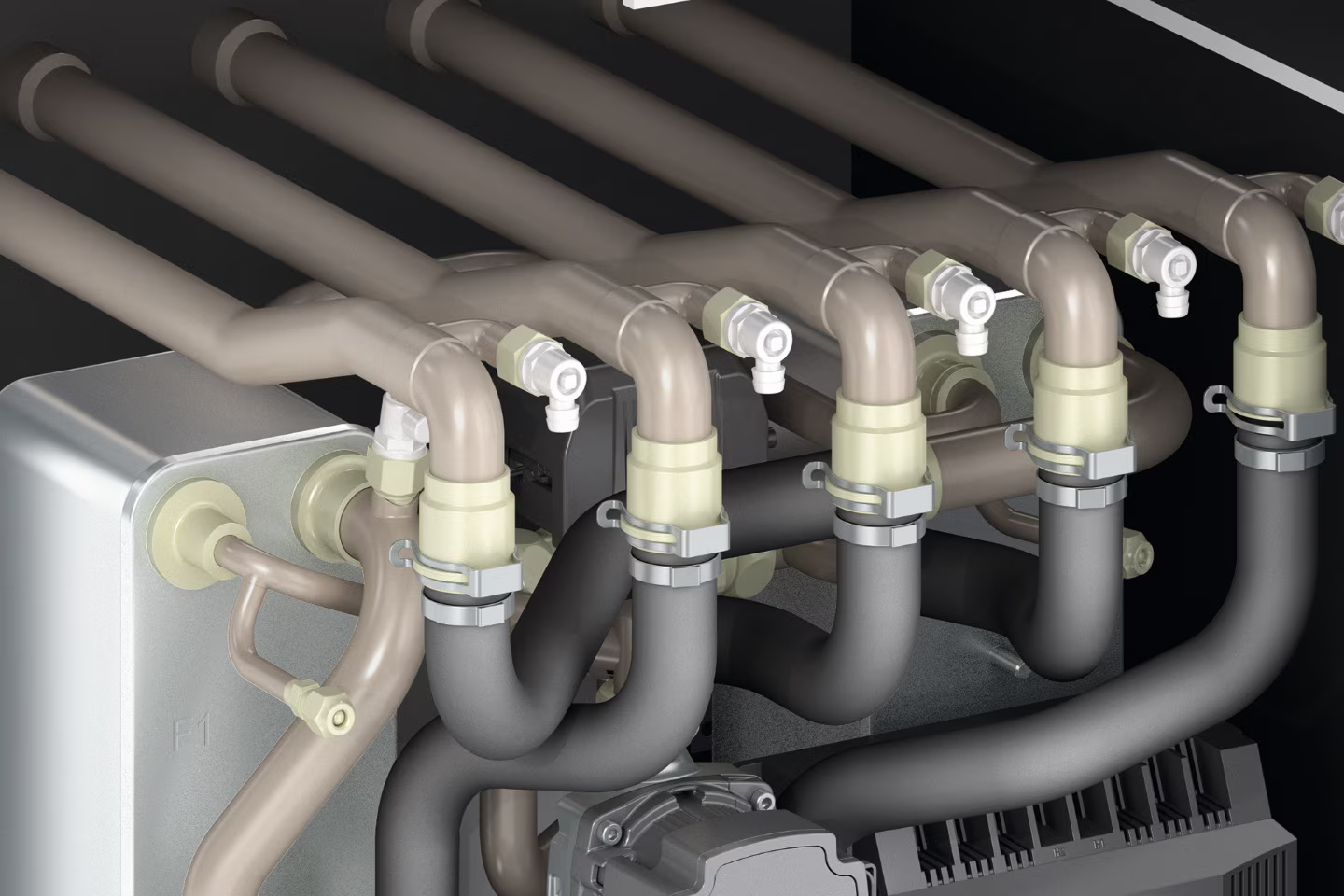
A brief explanation of how a ground/water heat pump works
To better understand how a brine/water heat pump works, it is worth looking at the system layout. The actual heat pump is installed above ground and, in addition to the compressor, has two heat exchangers — the evaporator and the condenser. In practice, heat is extracted from the ground using either geothermal probes or geothermal collectors.
Collectors and probes supply thermal energy to the heat pump
Geothermal probes are installed deep in the ground by drilling. Geothermal collectors, on the other hand, are located directly beneath the ground surface, but have a larger area that can absorb heat. Both form a closed circuit in which a frost-resistant fluid (brine solution) circulates. An integrated pump ensures the movement of the brine and the transfer of heat from the ground to the heat pump.
The refrigerant circuit as the functional basis of the heat pump
The refrigerant evaporates using the thermal energy obtained via the geothermal collectors or probes. Due to its specific thermal properties, its physical state changes at low temperatures. When heat is added, the refrigerant becomes vapor-like and its temperature rises. To raise it to the required level, the refrigerant vapor is compressed by the compressor, increasing both pressure and temperature. In the second heat exchanger (the condenser) the vapor releases the generated heat to the heating system and condenses. Before the condensed refrigerant can again absorb geothermal heat, it passes through an expansion valve. In this process both temperature and pressure drop. Once the initial state is reached, the cycle can start again.
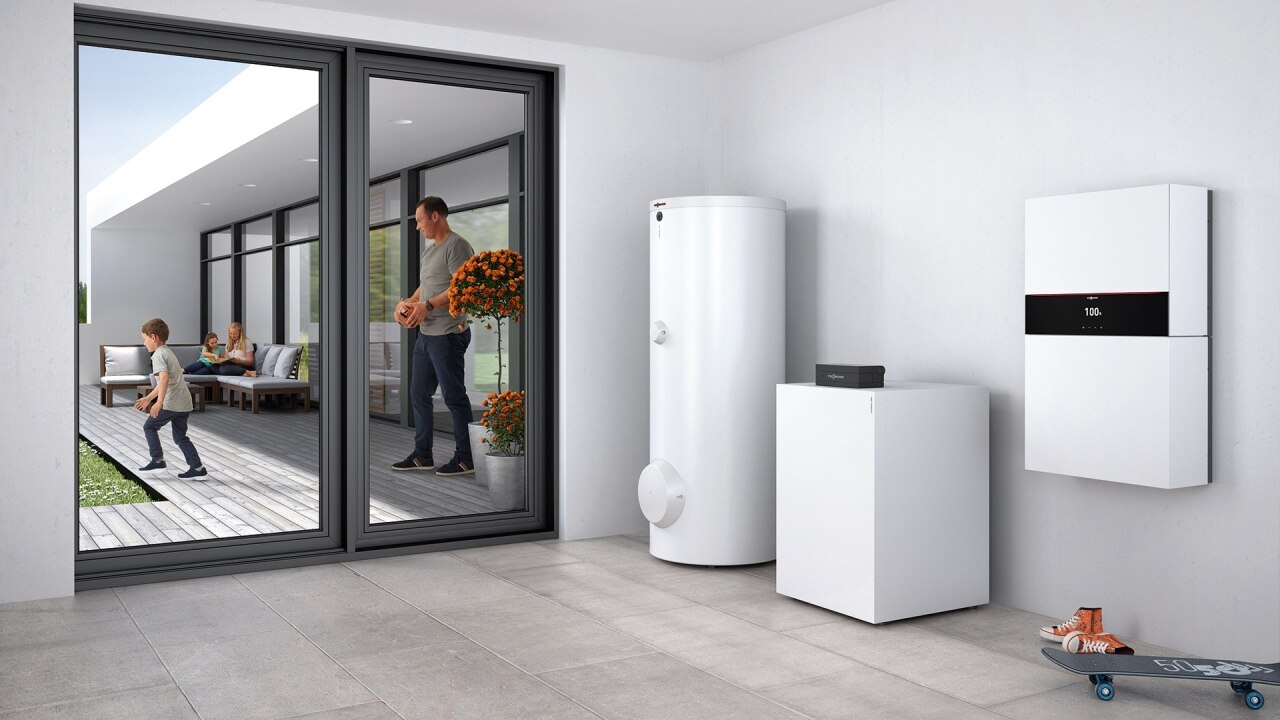
Vitocal 300-G heat pump with other systems
Efficiency depends on many factors
A heat pump produces heat by first evaporating the refrigerant using ambient energy and then compressing it. The compression process requires drive electricity.
To forecast the efficiency of such systems, VDI Guideline 4650 is used. This calculation method determines the seasonal performance based on the heat pump’s COP and various system parameters. COP indicates the instantaneous ratio of useful heat produced to drive energy consumed (electricity) under standardized conditions. SPF, in turn, is the sum of all COP values achieved over one year. To determine the actual SPF, the quantities of heat and electricity (from the respective meters) must be considered together.
A decisive influence on system efficiency is the difference between the heat source temperature and the heating system flow (supply) temperature. If, for example, the source temperature is 10 °C and the flow temperature is 30 °C, a brine/water heat pump needs to raise the refrigerant temperature by only 20 °C. If the heating system consists of small-surface radiators and the minimum flow temperature is 50 °C, the compressor will need roughly twice as much energy to reach the required temperature.
Ground/water heat pumps for monovalent operation
Thanks to a relatively constant and high-level heat source, brine/water heat pumps operate very efficiently all year round. Depending on the application, they typically provide sufficient heating and hot water as the sole heat generator. In some cases, combined operation with an existing heating system can be useful: the latter can switch on during peak loads, ensuring a high comfort level in living spaces. To ensure economical operation, several aspects should be considered in advance.
Author: viessmann.lv


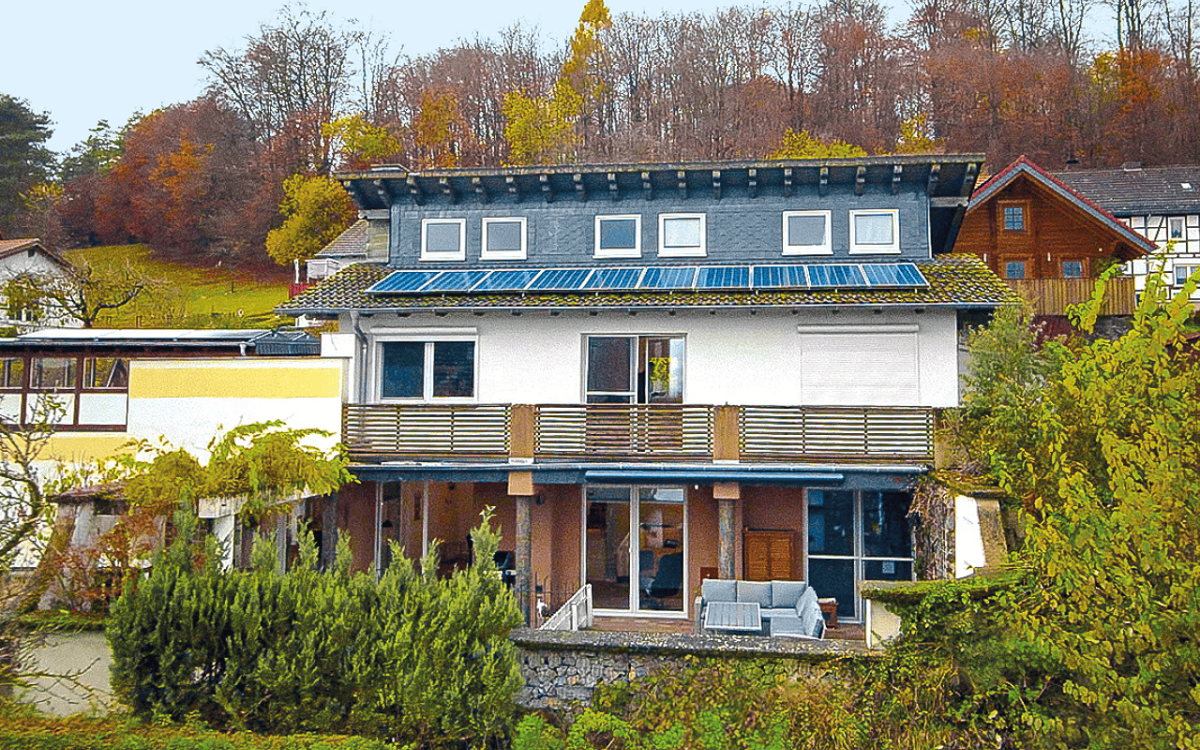
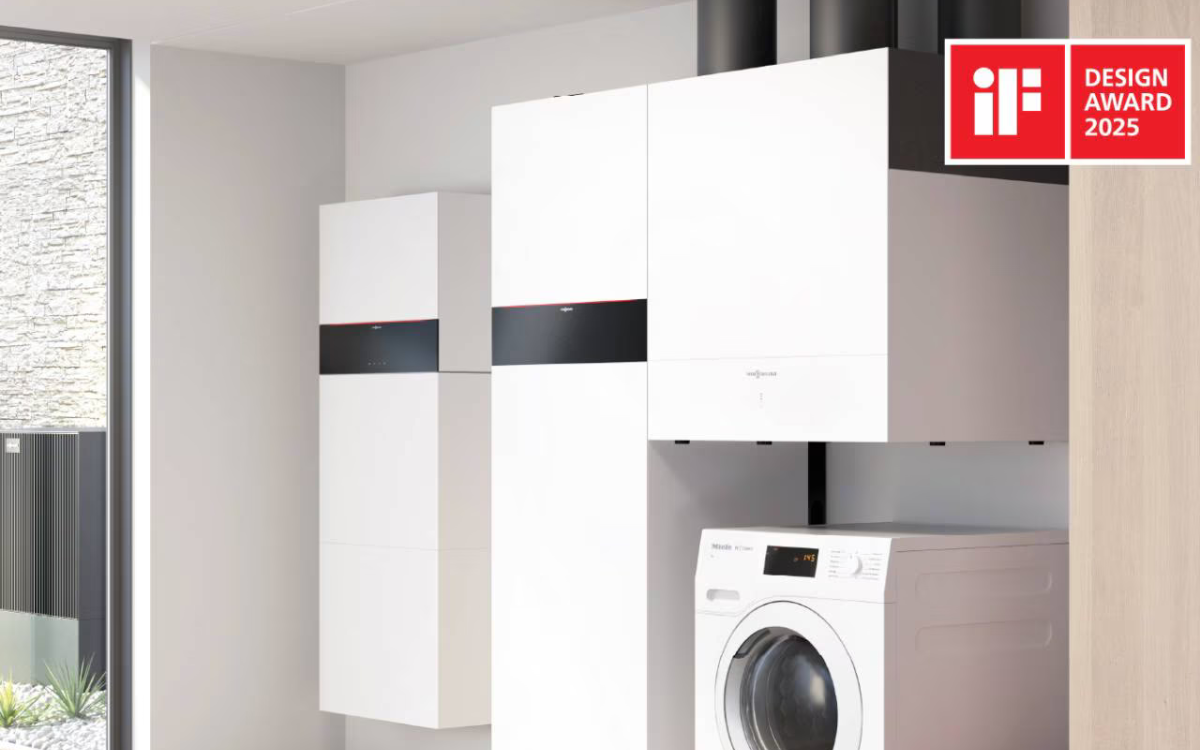


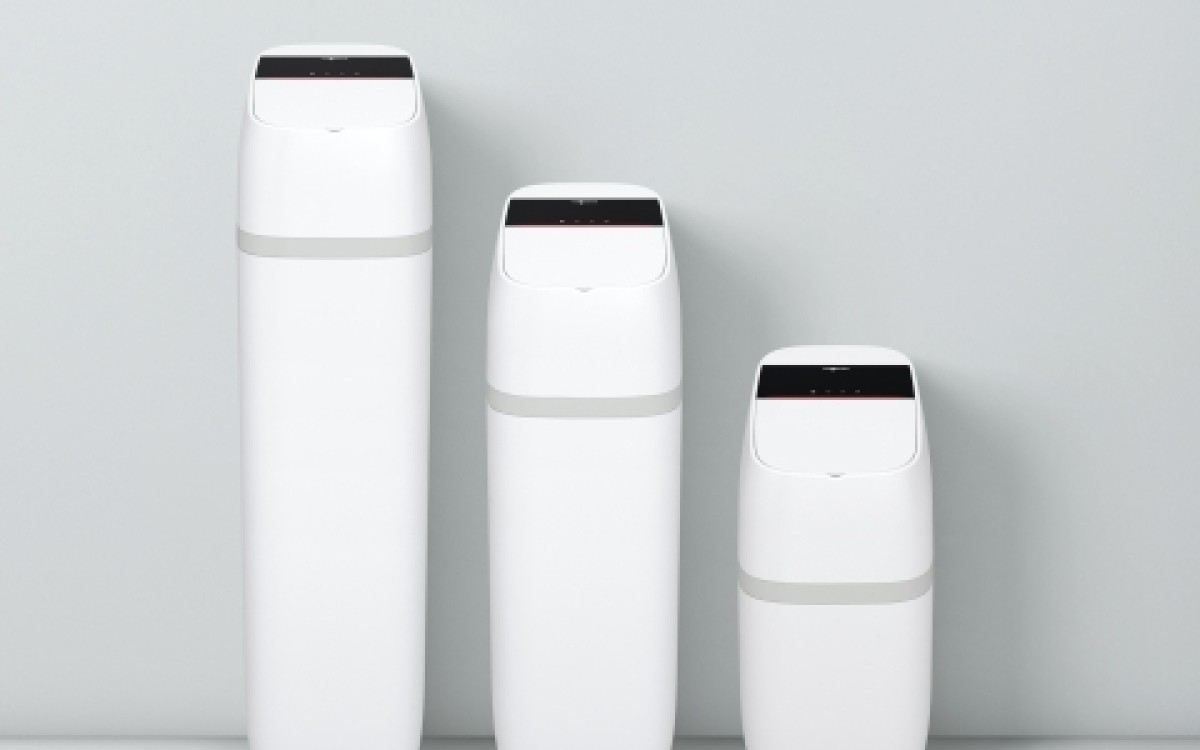
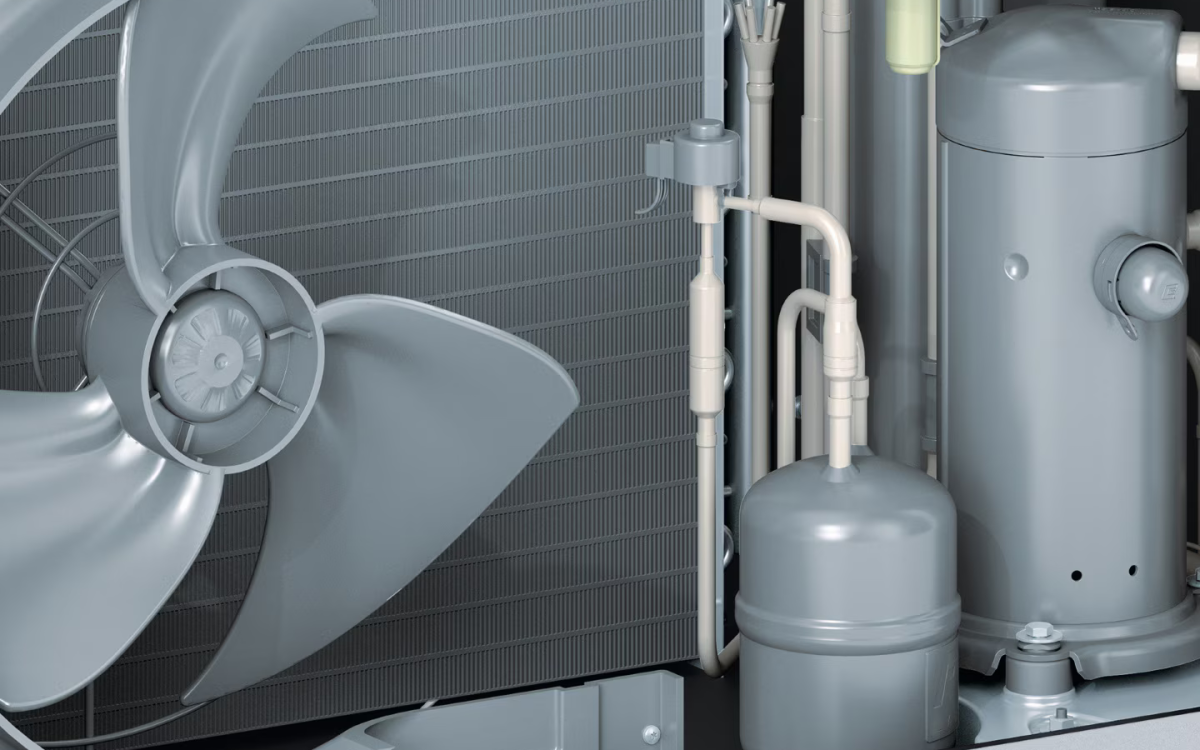
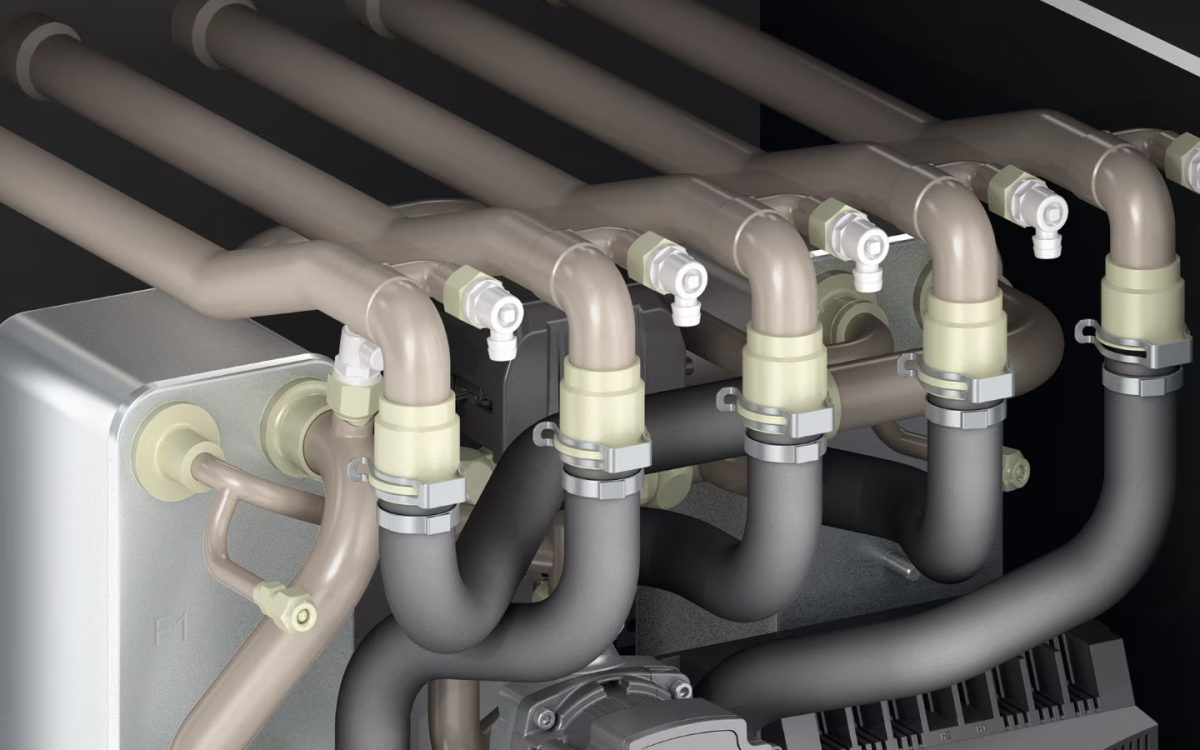
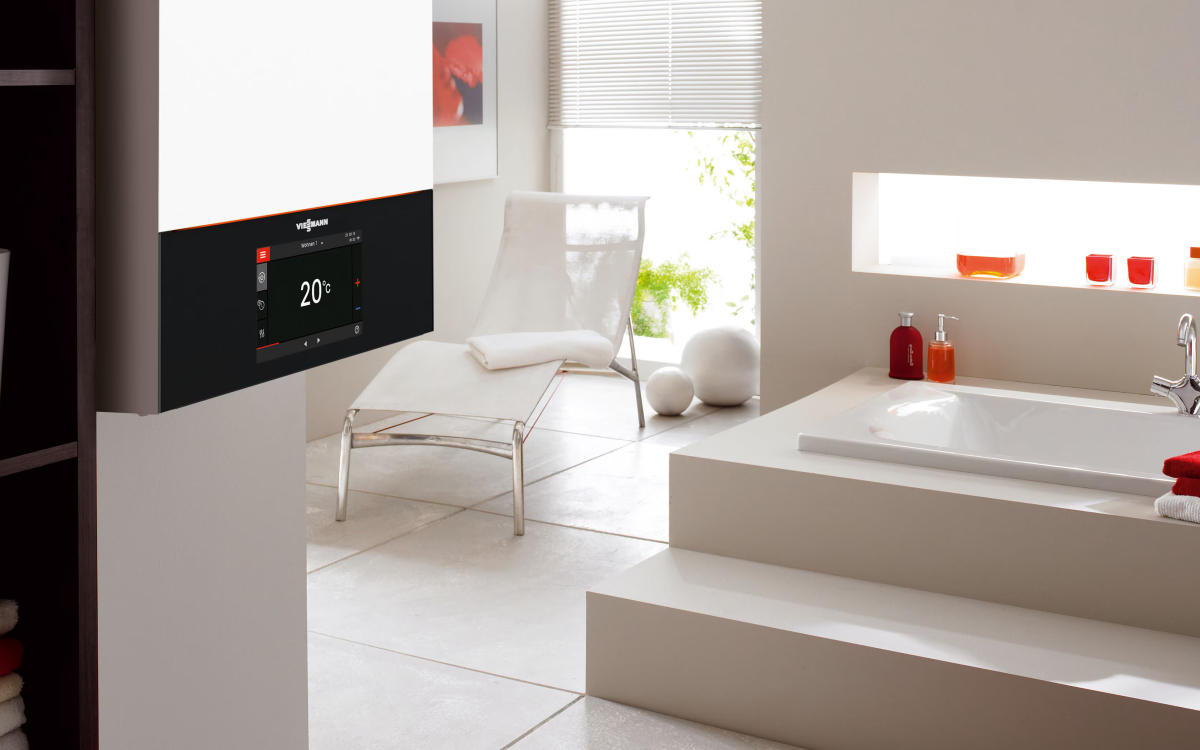


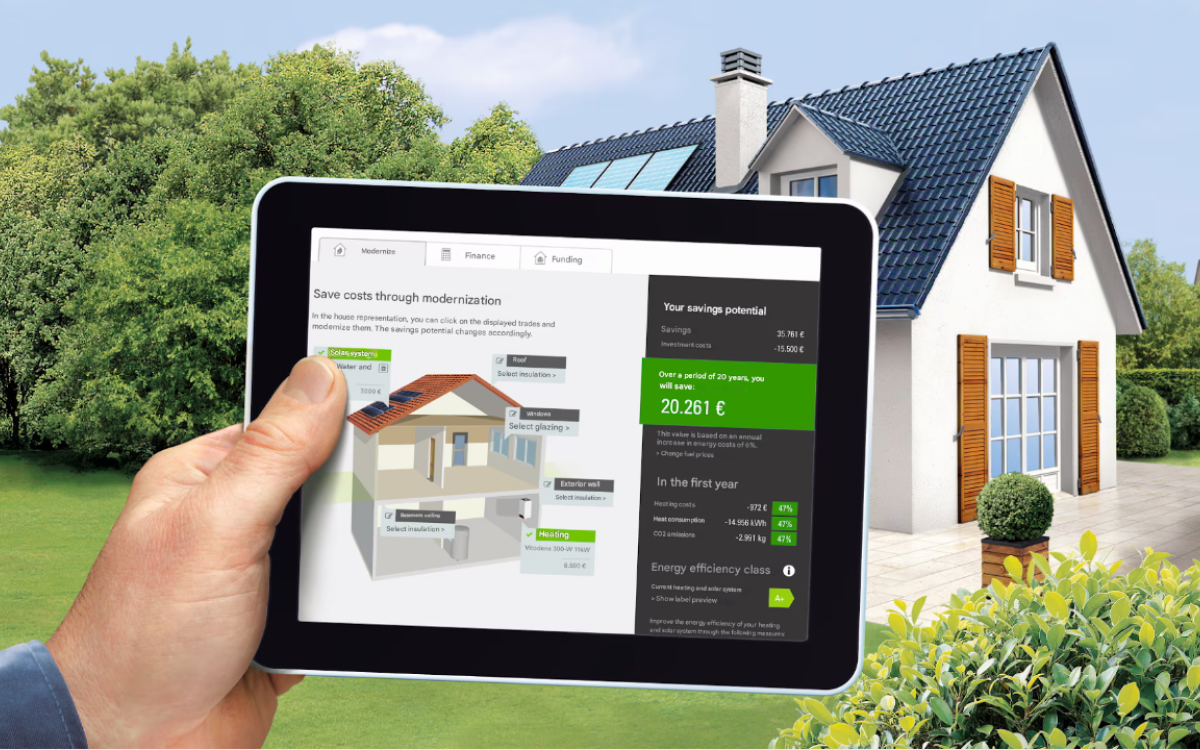

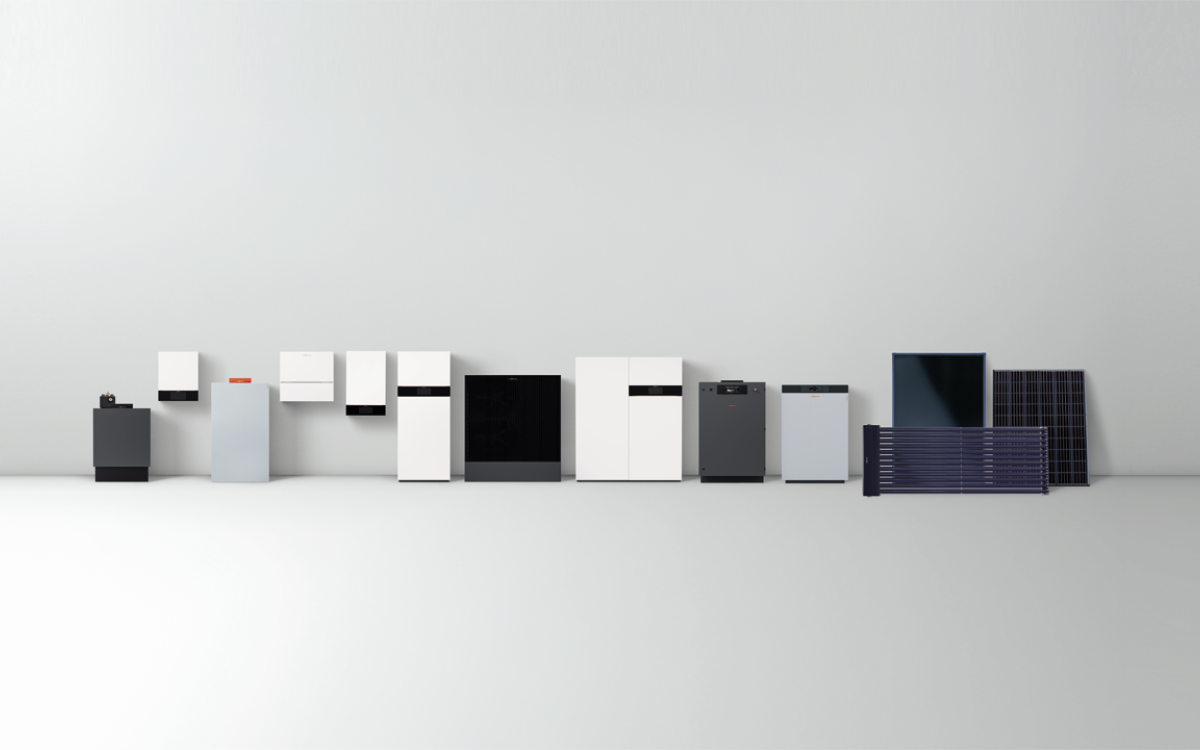
-1200x750w.png)
